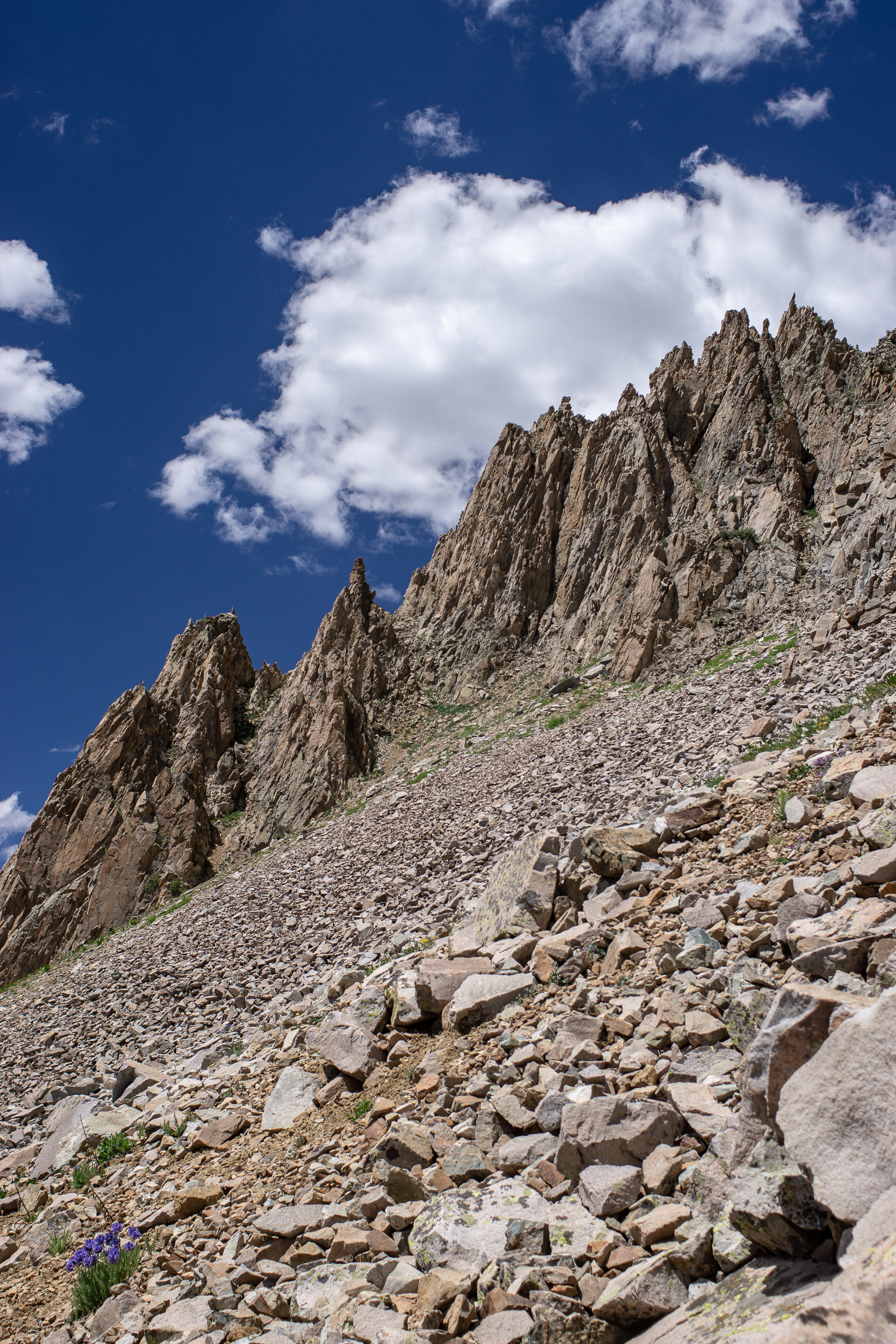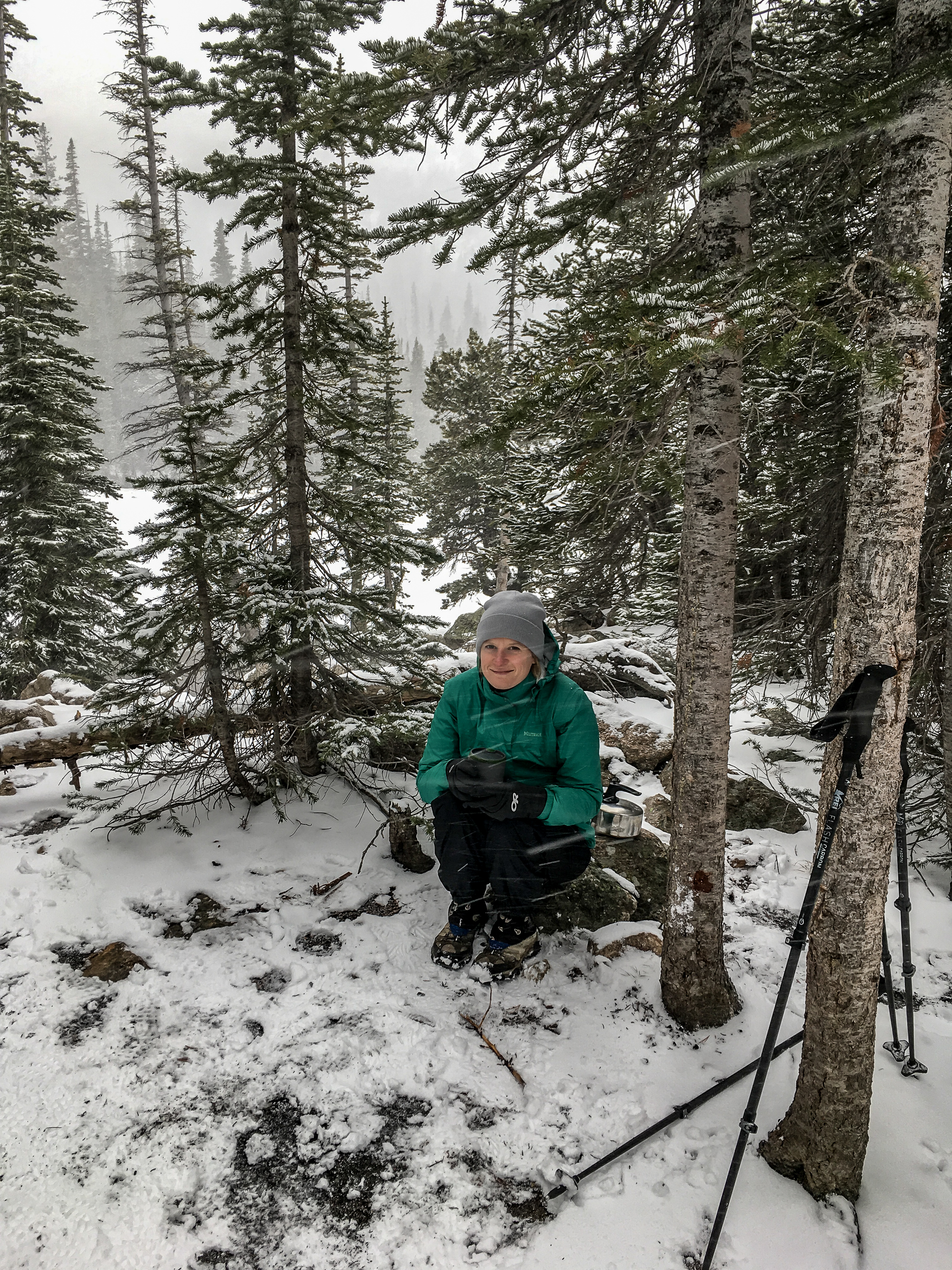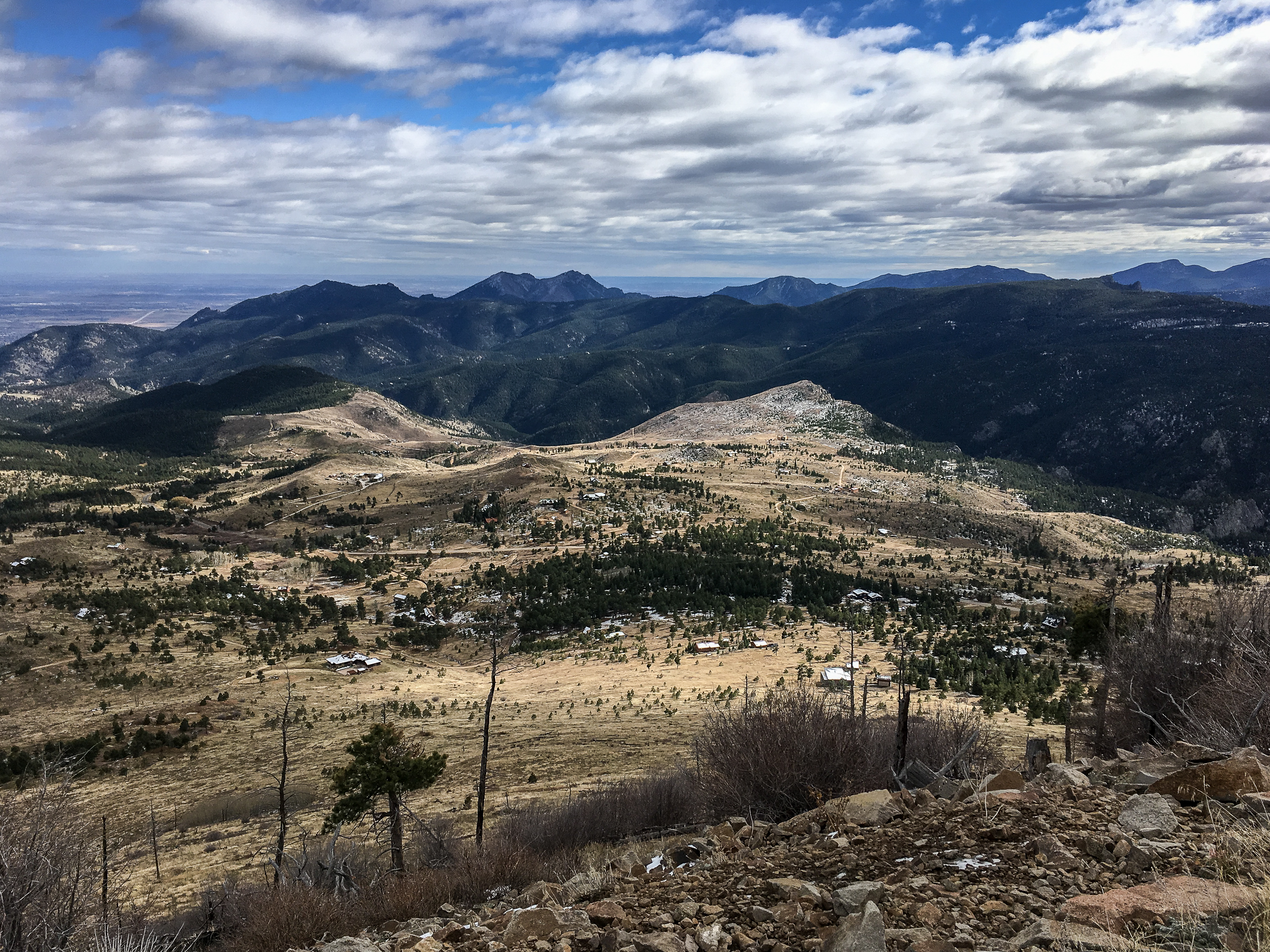Summer is finally here and we’re starting it out with a big trip. The Maroon-Snowmass Wilderness has been on my list of places to check out since moving to Colorado last summer. The issue is it’s also on a lot of other people’s lists too. Solitude in wilderness is what really resets and invigorates me. The super popular 4-pass loop is out. Enter the Capitol Creek Circuit route.
After reading up on the Capitol Creek Circuit there are a lot of things going for it over the 4-pass loop: longer, more elevation, not as busy and “circuit” sounds cooler than “loop”. It’s not as busy as 4-pass but it still is popular (if a route has a name it’s a “thing”, and if it’s a “thing” people will hike it). Which isn’t a bad thing, I’m just a grump.
Route planning is one of my favorite parts of planning a trip, after pouring over the maps and devising no less than 6 ways to do the loop I settled with what I’m calling the “Capitol Creek Circuit+”.
What makes it “+”? 1. It’s longer (+6 miles), it has more elevation (+2,000ft) and has +2 more passes. And it has a bonus side trip. I’m certainly looking forward to all the +’s, K maybe not as much. You can view the route on Caltopo or Gaia.
We’re starting from the Maroon Snowmass trailhead at the base of the Geneva Lake trail. The parking lot is small so plan to arrive early if you go. From here we backtrack a ¼ down the road to the East Maroon Trailhead. We’re choosing to go this way (clockwise) because Willow Lake, our campsite for tonight, is the highest and most exposed of the sites we plan to stay at and the forecast looks clear with little wind.
100ft up the trail we hear some rustling in the bushes about 20ft off the trail. It’s a bear! It’s sitting on its haunches eating berries facing away from us. It looks over its shoulder at us, stares for a second or two and nonchalantly goes back to the berries. Ok then, I guess we are not a threat.
The East Maroon trail is a steady, beautiful slog 6.75 miles up to the pass. From the pass, the highest point of our hike at 12,627ft, we can see Willow Lake and the Willow pass we’ll head out on tomorrow. From here it’s only another 1.5 miles down to the lake to camp. We saw one other person on the trail and no one else is camping here tonight. Perfect.
Day 2: We head up the Willow Pass and down to the Maroon Snowmass Trail. Gone is the solutiude, we’re now on the busy 4-pass loop. I shouldn’t be so crabby. The people are all stoked to be up here and there is a reason why this is a popular trail, the scenery is out of this world.
The next pass is Buckskin (again, amazing) and after we head down hill to Snowmass Lake, about 3.5 miles from the pass. It’s early afternoon, we had thought about pushing on to Geneva Lake but it’s just too nice here and there are still tons of good tent spots left. Plus we’re not on a tight timeline so why push it. Being on the 4-pass loop the campground fills up by late afternoon and it’s a bit of a zoo, but there are plenty of nice spots to sit and enjoy the lake as the sun goes down.
Day 3: We head over Trail Rider pass and down to Geneva Lake. At the north end of the lake we decide to try the side trip to Siberia Lake I scouted before we left. On the Forest Service topo maps there is a trail here but I had read the trail no longer exists. That’s ok, it makes the side trip more fun.
The first ½ mile alternated between tall grass and shoulder high brush, there are a few faint game trails occasionally to make it a little easier. Once we enter the more forested section it becomes easier to walk up the creek itself for a little less than ¼ mi to the base of a boulder field. The creek has really cut out a gorge here, going up the boulder field to the east is a steep but doable affair. The trail levels off into a narrow meadow with the creek flowing through it. It’s a little marshy but there are a few spots, especially later in the season, that could definitely be doable for a small tent. You certainly wouldn’t be bothered up here. We spend a while chilling in the meadow and decide not to go all the way up to Siberia Lake, another scramble up a boulder field would get you there.
We head back down the boulder field this time starting a little farther east through the woods which wasn’t too bad. Less brushy but more blowdowns to hop over. We get back to the main trail and make camp around Geneva Lake, much more private than Snowmass Lake. The spots are farther apart and much more defined.
Day 4: As we’re breaking camp I grab a trekking pole and think, “this feels weird”. I look down… some little bastard decided to chew through the grips on two of our poles and began to munch on a third. Hell. My guess is a marmot. Here is our quick tape fix. Classy, eh?
After that debacle we walk downhill to the Geneva Lake trailhead, which is accessible only by 4WD and not very busy. From here it is a 2.25 mile walk back up the 4WD road to the Silver Creek trailhead. The roadwalk provides spectacular views south into the Raggeds Wilderness and not much traffic, but the best part is the wildflowers. The entire slope is awash in color as we switchback up it. Turning onto the Avalanche/Silver Creek Trail the flowers refuse to let up and we hike higher into wildflower laced meadows. As we are heading up the pass (our 5th of the trip) we realize we have been circling Meadow Mountain, which couldn’t be more aptly named. Heading down the other side of the pass the terrain changes to a rocky meadow dotted with pine trees.
There are other trip reports that this loop is difficult to follow. I assume people are referring to this section of the trail, which at times is faint/non-existent, but never for more than 100 yards. We didn’t have trouble following it, using our maps and GPS it’s pretty clear where we needed to go to stay in the right direction. Without going off on a tangent let me just say if you’re heading into the backcountry, even on well travelled trails, it’s a good idea to have knowledge of how to use a map, compass, and GPS. If visibility was low this section might have been tougher.
After the meadow the trail stays relatively level just above the tree line at approx. 11,600ft skirting along the east side of the valley for a couple miles and then ascends to just over 11,800ft through a small pass (#6 of the trip). From here the GPS and the National Forest topo maps diverge but there is never any question where the trail is and after a steep descent we make it down to Avalanche Creek. Walking up the creek ⅓ of a mile we end the day at Avalanche Lake.
Day 5: Our final day and our final 2 passes. At 14 miles this will be our longest day, but the lure of a hot shower and a cold beer should be enough to give us the extra push back to the car.
We start the day by walking back down Avalanche Creek .5 mile before turn onto the Capitol Creek Trail. We climb 1,600 ft to the pass which sits at 12,000 ft. Beautiful views of Capitol Lake await us at the top. After the lake the trail descends into the forest and after about 2 miles we head onto the West Snowmass Creek Trail. Here again the GPS and National Forest topo maps are different but the trail on the ground is obvious. Heading up to Haystack pass the trail has been rerouted to stay along the creek for longer before climbing to the pass (the FS map has it following a spur uphill.
Pyramid Peak comes into view as the trees thin and we get to the wide pass (#8 and final!) and take a break for lunch. It’s all downhill for the last 6 miles, through pine and then aspen forest. With 3 miles left to go a light drizzle comes and goes, the only rain of the trip. 1.5 miles from the end we get to Snowmass Creek, the only real creek crossing of the trip. With the early season snowmelt it’s knee deep. After crossing you’ll be tempted to take a left onto an old trail, but the no trespassing signs etc should clue you in you’re going the wrong way. Seems counterintuitive but take a right to find the Geneva Lake Trail. From here the trail levels out and it’s a fast walk to the car.
The circuit was just shy of 46 miles and 14,300 ft of elevation gain. Our side trip on day 3 was an additional 3 miles and 1,000 ft of elevation gain.
If you go:




























































